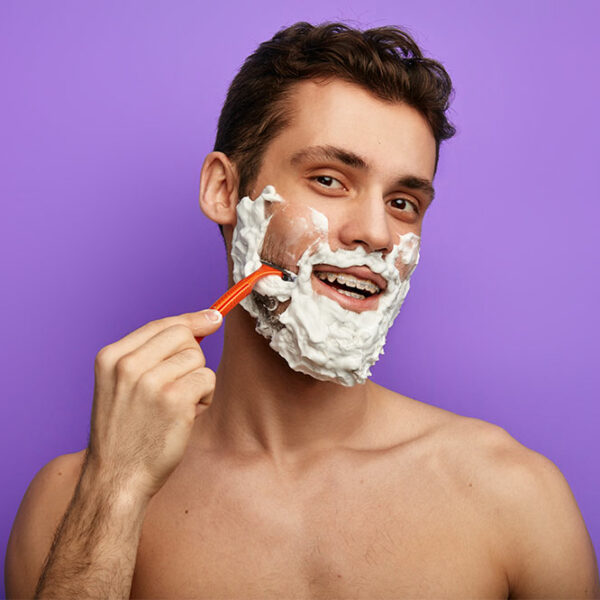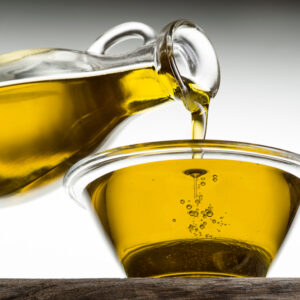Practical Shaving Tips for Men
Whether it’s for the aftermath of “No Shave November” or a job interview, all men must shave. Some prefer a trimmed goatee whereas others prefer a full grown, grizzled beard. From a handlebar mustache to faded sideburns, whatever the style, shaving is an art form mastered and passed down by generations of men and rookie mistakes might lead to razor burns and cuts. To achieve the perfect stubble with the perfect shaving blades, here’s a compiled list of 5 tips for the gents.

Dampening the hair
A common step that most men overlook is to completely dampen facial hair before shaving. Washing your face with soap and some warm water will remove excess oils and dead cells from the hair and skin that could clog up the blades. Also, since facial hair can absorb moisture up to 30% of its volume, wet hair is weaker, fragile and prone to breakage and is hence, the easiest to cut. Shaving after a shower is ideal as the hair is saturated with moisture and the heat from the steam opens up the pores, further softening the hair. Never apply shaving products on a dry face; it will only result in rashes and razor burns.
Investing in a good quality shaving cream
Though most men pick up shaving cream by fragrance and cost, it is important to consider other parameters like skin type and the ingredients present. Those with sensitive skin should avoid shaving creams that have astringent. But astringent can be used by more oil-prone skin types as it reduces the oil and prevents clogged pores. For dry skin, creams should contain a glycerin base. Glycerin reduces friction caused by the razor going over the skin and will, therefore, prevent nicks and cuts. Some creams have aerosol type products that contain chemicals that will dry out the skin. Certain ingredients like Sodium Lauryl Sulfate also strips away the natural oils found on your skin; these should be avoided. An ideal shaving cream not only lubricates your face so that the razor will glide smoothly and effortlessly across the skin but also locks the moisture so that there is a film of lubrication that protects the skin from the blade and keeps the hair soft and upright. According to Men-U, a good shaving cream creates a rich and creamy lather but does not foam up with a high concentration of lubricants (like silicones) and moisturizers.
Choosing the right shaving brush
A shaving brush is undoubtedly one of the essential tools for shaving; it helps to evenly spread the cream to every strand of facial hair, raising them up, making it easier to cut, ensuring a clean shave. Additionally, it removes dead skin cells and lightly exfoliates the skin which reduces the risk of irritation, razor bumps and blemishes. While choosing a shaving brush, keep in mind that the bristles having the right balance between softness should be chosen. These bristles will be able to create a rich, creamy lather and provide resistance which will raise the beard for a closer cut. Experts say to choose the one made from badger’s hair. The preferred motion of applying the shaving cream is using the brush in circular motions ending with upward strokes to help lift the beard up and away from the face.
Using a quality razor blade
Clean, sharp shaving blades are preferred over dull ones- as the latter leaves your face feeling scratchy and blotchy – a dull razor is one of the contributing factors to razor burn and shaving rash. Newer blades require extremely less force to cut through the hair than dull blades. Since much pressure need not be exerted with new blades, the possibility of cuts can also be reduced. Some preferred shaving blades for men include – Gillette’s Mach3 Turbo and Fusion ProGlide power and Merkur Futur Razor for superior control and comfort. Depending on the toughness of your beard hair, change the shaving blades somewhere between every three to ten shaves.
Technique of shaving
The best method to shave is to start with the sides, proceed to the mustache area and finish with the chin. The chin hairs are more stiff and tough so leaving them to the last will also provide more time for them to soften. Use only short strokes of about one or two inches at most. It is recommended to rinse the razor and the shaving blades in between strokes to dislodge any accumulated facial hair and cream. Also, it is preferred to use the shaving blades in the direction of hair growth and not against the grain – which is more susceptible to razor cuts and ingrown hair. This might cause issues like inflammation and infection. Over shaving can lead to skin irritation, rashes and razor burn.
After shaving with shaving blades, when the skin is most vulnerable, rinse the face with warm water and use a facial wash that has high doses of tea tree oil which is a natural form of antiseptic that is ideal for cleansing and protection from spots and shaving rashes and witch hazel-for its soothing, healing and astringent properties.





